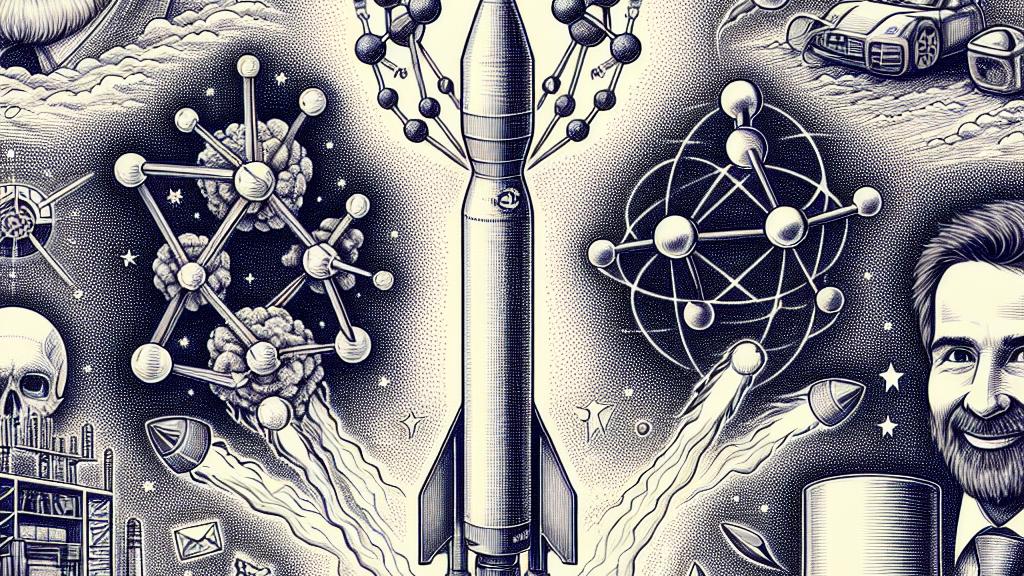Revolutionizing Space Travel with Nuclear Innovations
Overview
- A groundbreaking alliance between Ad Astra and SpaceNukes aims to combine advanced electric propulsion technologies with nuclear power.
- Nuclear electric propulsion has the potential to drastically cut Mars travel times, making human exploration more feasible.
- Exciting flight demonstrations are planned for the late 2020s, heralding a new era of space exploration by the 2030s.

An Innovative Partnership Redefining Space Exploration
In the United States, a remarkable transformation is taking place within the realm of space exploration. The Ad Astra Rocket Company, celebrated for its pioneering Variable Specific Impulse Magnetoplasma Rocket (VASIMR), has forged a dynamic partnership with the Space Nuclear Power Corporation, affectionately dubbed SpaceNukes. This collaboration is not just a business arrangement; it's an extraordinary convergence of innovative minds aiming to blend cutting-edge electric propulsion technology with the reliability of nuclear energy. Imagine this: massive nuclear reactors powering VASIMR's propulsion system, propelling humanity into the far reaches of space. This fusion of technologies is akin to opening a new frontier, where the once unimaginable becomes a tangible reality, placing us on a path to explore the cosmos like never before.
The Transformative Power of Nuclear Electric Propulsion
What makes nuclear electric propulsion such a game changer? The answer lies in its revolutionary promise for interplanetary travel. Traditional chemical rockets, while effective, are often limited by their propulsion methods. In contrast, nuclear electric systems harness the power of reactors to produce electricity, driving spacecraft with unmatched efficiency. For instance, NASA's ongoing research into both nuclear thermal and electric propulsion suggests that travel times to Mars could be reduced from a grueling year to just several months! This remarkable capability opens doors not only for human missions but also permits robotic explorations into the enigmatic worlds of our solar system, such as Europa and Titan. These celestial bodies, which have long fascinated scientists, could soon be within our reach, transforming the once-distant dream of exploration into a present-day mission.
A Vision of the Future: Fast and Efficient Space Travel Awaits
Peering into the not-so-distant future, the ambitious collaboration between Ad Astra and SpaceNukes is set to bear fruit, with bold plans for flight demonstrations aimed at the late 2020s and commercialization projected in the following decade. Can you envision a fleet of advanced spacecraft, powered by nuclear energy, darting effortlessly across the cosmos? These vessels could soon bring Mars within our grasp and extend humanity's reach into uncharted territories. The prospect of deep-space missions to distant celestial realms is no longer the stuff of fantasy; it is becoming an achievable reality. As dedicated teams pour their expertise into refining these technologies, the promise of a future dominated by nuclear-powered exploration stands on the horizon, igniting the spirit of adventure within us all. With every step forward, we are not just extending human reach across the universe; we are redefining what is possible in space exploration, paving the way for humanity's next great odyssey.

Loading...